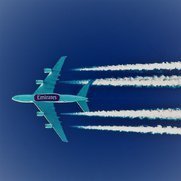Sign in to follow this
Followers
0

Обучалки для MFS2020
By
arbalet73, in Microsoft Flight Simulator 2020

By
arbalet73, in Microsoft Flight Simulator 2020